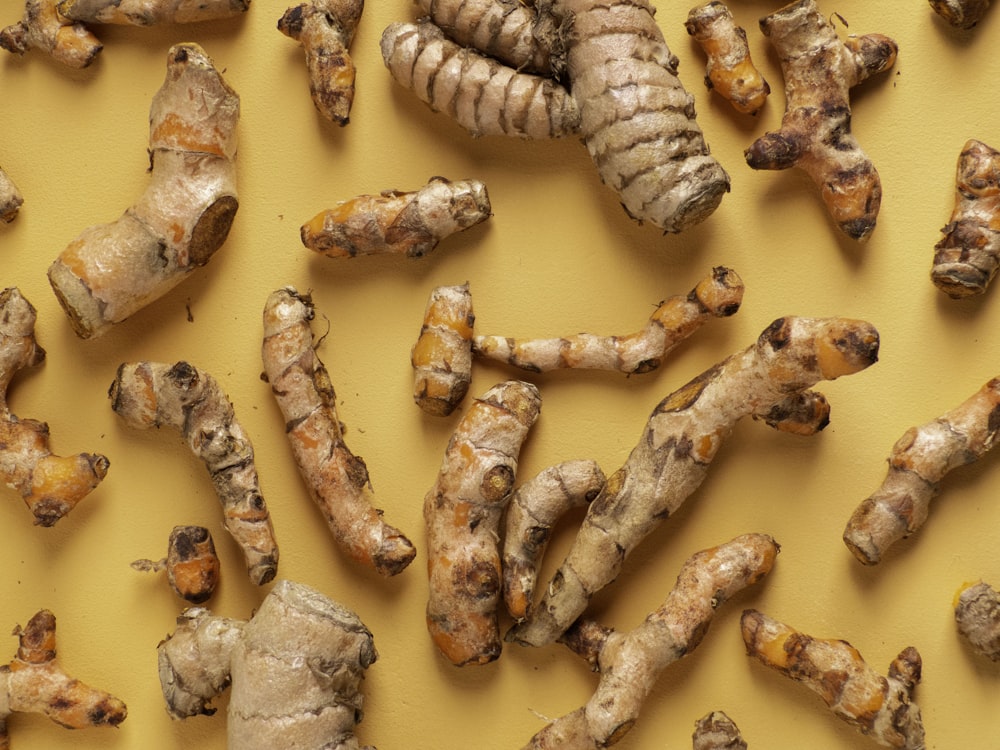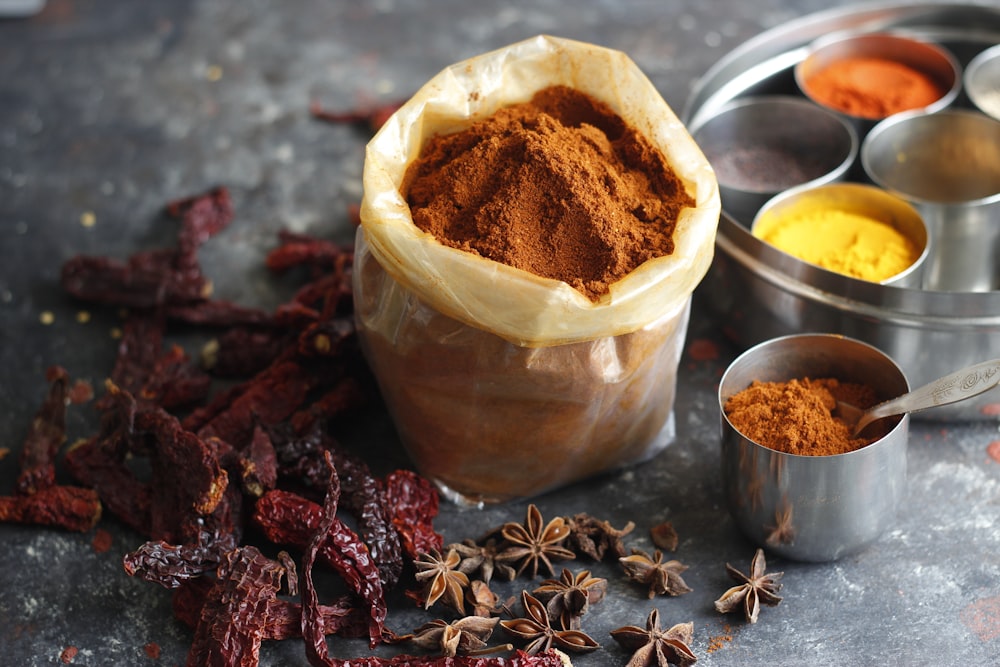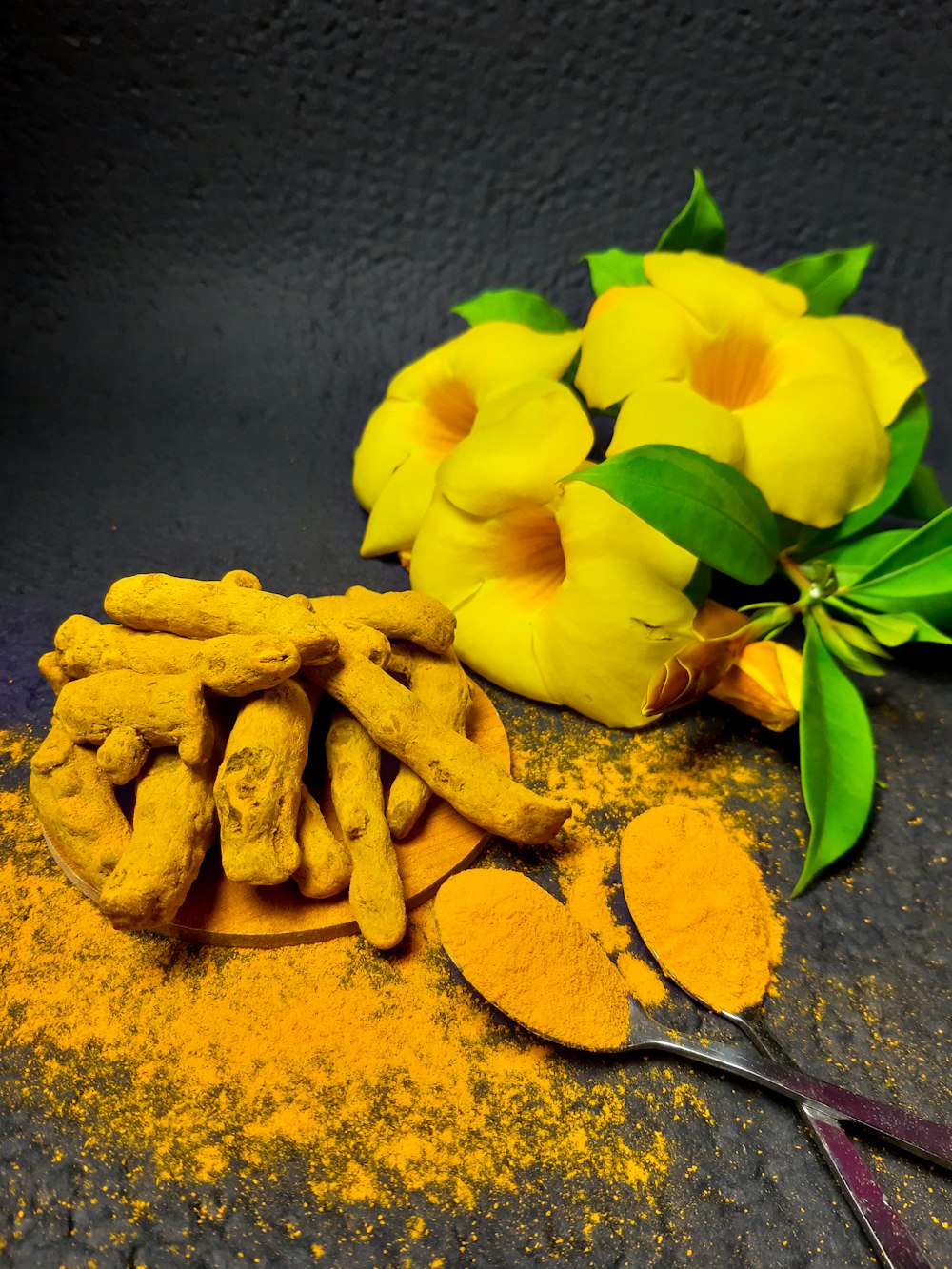Spotlight on Turmeric, Ayurveda's Sacred Spice

If I was stranded on a desert island and could only have one remedy from Mother Nature in my naturopathic toolbox, it would be turmeric. It’s a spice, and an incredible one at that. Not only can you cook with it to make your meals that much more healthy, you can supplement with it as an anti-inflammatory, as well as a natural antiviral. In fact, turmeric’s versatility is what makes it a fascinating gift from the Earth.
Turmeric can be used in your all-natural beauty concoctions. It can be used in food. And it can be used in the realm of natural medicine. The all-around beneficial nature of turmeric makes it a no-brainer to have on hand in your home at all times.

Turmeric for antiviral support
In terms of turmeric’s role as an antiviral remedy, one would spotlight the compound in turmeric called curcumin. In all of my studies, I’ve found that it’s this curcumin compound that really gives turmeric its properties as a natural medicine. Think anti-inflammatory powers and antiviral powers. To protect yourself from antiviral pathogens, you’ll want to make sure you’re taking a turmeric supplement with plenty of curcumin in it. A little caveat here is that if you happen to be on pharmaceutical meds to thin your blood, you won’t want to take turmeric. Just be aware of that.
Turmeric for inflammation
One could easily say that turmeric is the best supplement on the planet to combat chronic inflammation. And from my experience, I would have to agree with that conclusion. To reiterate, it’s the compound known as curcumin that brings turmeric’s anti-inflammatory properties to life. For perimenopausal women, I recommend taking turmeric in supplement form to protect the bones from osteoarthritis.
There’s a reason Ayurvedic medicine has been touting turmeric’s medicinal properties for thousands of years. Turmeric has truly stood the test of time. Even ancient Chinese medicine has used turmeric as a natural healer. It’s turmeric’s anti-inflammatory properties that have really solidified its reputation in the annals of natural medicine.
Most of us know by now, that when our bodies are in a state of inflammation over a long period of time, disease processes can arise. Some of these ills include osteoporosis, osteoarthritis, premature aging, joint pain, muscle pain, and the list goes on and on...For those of you natural beauty lovers out there, eating plenty of turmeric or taking a daily turmeric supplement may even enhance the beauty of your skin, your hair, and your nails.

How to use turmeric
When it comes to supplements, not all are created equal. And while I know you know this by now, it’s always an important point to reiterate, as it’s easy to forget or go for the cheapest supplement out there. As we’ve talked about above, when searching for a top-quality turmeric supplement you’ll want to look for that star ingredient known as curcumin. You’ll also want to look for black pepper. While this may sound weird, it’s because in my studies I’ve found that black pepper enhances the positive effects of curcumin. Many combinations like this one exist in nature. Cooking tomatoes in olive oil, for example, as the Italians taught us, makes tomatoes that much more healthy. We’ll look at alchemical health combos such as these in a future post. For now, let’s get back to turmeric.
So, now that it’s winter and the temperature’s been dropping for awhile, you might be wondering how making turmeric teas and lattes might brighten your mood, upgrade your health, and keep you cozy until the spring buds appear. The yogis have been drinking warm turmeric lattes these days like they were going out of style. And for good reason. They’re cheaper than those lattes at the coffee shops, and much better for you. The infamous yogi drink is called golden milk. And even your local cafe may be selling it to keep up with the health enthused times.
Golden milk is fun because there are so many variations of it to be drunk. You can make it as plain or as spicy as you like, as sweet or as mild as your tastebuds desire. With so many recipes to choose from, integrating my favorite spice on the planet into your daily diet has never been easier. Or more fun. That said, let’s take a look at a few golden milk recipes.
Drinking golden milk before bed is a good idea. Many people experience a calming effect, and even enhanced sleep. I think it’s best drunk as your last drink of the night. But unless you want interrupted sleep due to bathroom trips, I suggest drinking it a couple hours before bedtime. If you go to bed at 10, drink golden milk as a dessert/bedtime drink at 8.
If you’re not a fan of cow milk, use your favorite nut milk as a base. While cows are sacred in India, cow’s milk is a popular part of the traditional Indian chai. I like good ol’ whole milk when making golden milk. But, I also like the nuttiness of hemp milk, hazelnut milk, coconut milk, and almond milk. Rice milk is good, too, although not as creamy.
Some of the best sweeteners for golden milk are: lucuma powder, local honey, pure maple syrup, and even date paste. Forget sugar. Try to sweeten up the drink in a more healthful way.

Golden milk for the discerning vegan
Maybe you’re making the switch to a vegan diet this year. Or perhaps you’ve already forgone an animal-based diet. Maybe you’re lactose intolerant. If so, you’re probably already quite familiar with the range of nut milks on hand to try. This particular golden milk recipe is a truly healthy elixir. Drink it any time of day, and enjoy its warming effects.
Here’s what you need:
- 1 cup coconut milk
- ¾ cup almond milk (the kind that comes in a carton, not a can)
- 2 tsp. turmeric powder
- ⅛ tsp. cinnamon powder
- ⅛ tsp. ginger powder
- ⅛ tsp. ground black pepper
- 2 tsp. grade B maple syrup
Here’s what to do:
Place all ingredients in a saucepan over medium heat. Whisk everything together and let it warm up to the temperature you like. Serve and sip with pleasure.
Enjoy!
Traditional golden milk
This recipe is made with cow’s milk. It’s more of a traditional golden milk than some of the others listed here.
Here’s what you need:
- 2 cups cow’s milk (get organic if you can)
- 1 tbsp. freshly grated turmeric root
- 1 tsp. freshly grated ginger root
- 2 black peppercorns
- 2 tsp. raw or local honey
What to do:
Place everything in a small saucepan and bring to a boil over medium heat. Whisk everything together as it heats up. Turn the heat off and serve steaming hot! Enjoy!
Spicy golden milk
This recipe integrates some of the more exotic spices like vanilla and cardamom, while raw goat’s milk acts as the base.
Here’s what you need:
- 2 cups raw goat’s milk
- 2 tsp. turmeric powder
- A dash of ground cinnamon
- A dash of ground ginger
- A dash of cardamom powder
- A small pinch of cayenne pepper
- A small pinch ground black pepper
- Lucuma powder, to taste
Here’s what to do:
Heat all ingredients in a saucepan over medium heat. Whisk everything together, as you bring your drink to a boil. Turn off the heat and serve in your favorite cozy mug. Enjoy!
If you’re not crazy about drinking this yogic staple, you may want to cook with it instead. Simply add it to soups and stews, to teas and smoothies, and practically all Indian dishes. And if you’re looking for a way to harness turmeric’s beauty powers for your skin, here’s a simple facial mask recipe to make at home.
Turmeric skin brightening face mask
Turmeric is great for your skin, and you can even apply it topically in a face mask like this one.
Here’s what you need:
- ½ cup plain yogurt
- ¼ tsp. Turmeric powder
Here’s what to do:
In a bowl, mix the two ingredients together to form a paste. Apply evenly to your face and let seep into your skin for 15-20 minutes.
Turmeric spot treatment
Turmeric is also known to calm the inflammation on your face. For pimples and the like, try this turmeric spot treatment and say goodbye to those feisty zits.
Here’s what you need:
- 1-2 teaspoons apple cider vinegar
- A dash of turmeric powder
Here’s what to do:
Blend these two ingredients together and apply to trouble spots as needed.
As you can see, turmeric has so many uses. Its highly versatile ways make it my number one go-to supplement, to be consumed internally, and applied topically. Enjoy these recipes and come up with your own if you like. This is the beauty of natural health and natural beauty. You can experiment and come up with whatever suits you. Have fun with turmeric and have it on hand always!
